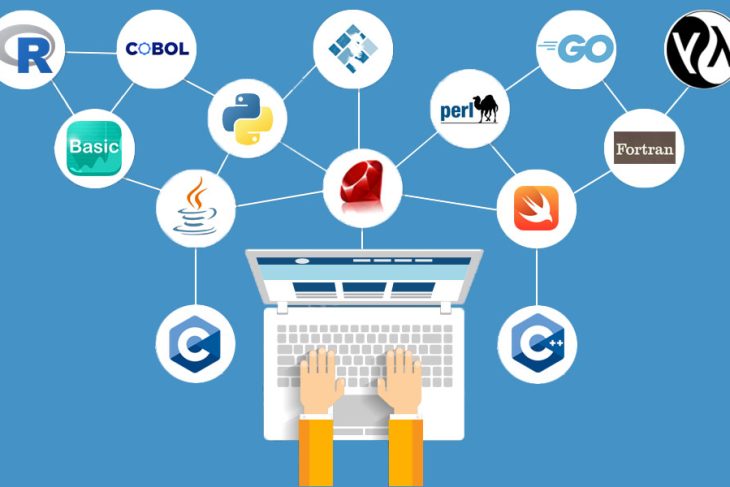

In today’s competitive business landscape, organizations strive to maximize employee productivity to stay ahead. Productivity plays a crucial role in achieving business objectives, improving profitability, and fostering growth. In this article, we explore various methods that can help increase employee productivity and drive organizational success.
- Establish Clear Goals and Expectations:
Setting clear goals and expectations is fundamental to drive employee productivity. When employees have a clear understanding of what is expected of them and the goals they are working towards, they are more motivated and focused on achieving desired outcomes. Effective communication of goals and regular feedback sessions can help align employees’ efforts with organizational objectives.
- Provide Adequate Training and Development Opportunities:
Investing in employee training and development is essential for enhancing productivity. By equipping employees with the necessary skills and knowledge, organizations enable them to perform their roles more effectively and efficiently. Training programs can cover various areas such as technical skills, leadership development, and personal growth, ensuring employees are equipped to handle their responsibilities with confidence.
- Foster a Positive Work Environment:
Creating a positive work environment plays a significant role in increasing employee productivity. When employees feel valued, supported, and engaged, they are more likely to be motivated and committed to their work. Encouraging teamwork, recognizing achievements, and promoting work-life balance can contribute to a positive workplace culture that enhances productivity.
- Implement Effective Time Management Strategies:
Time management is crucial for optimizing productivity. Encourage employees to prioritize tasks, set realistic deadlines, and avoid multitasking, which can hinder focus and efficiency. Providing tools and resources for effective time management, such as project management software or task management apps, can help employees stay organized and meet deadlines effectively.
- Promote Work-Life Balance:
Maintaining a healthy work-life balance is essential for sustaining high productivity levels. Encourage employees to take regular breaks, promote flexible work arrangements when possible, and discourage a culture of overworking. Supporting employees in achieving work-life balance contributes to their well-being, reduces burnout, and enhances overall productivity.
- Recognize and Reward Performance:
Recognizing and rewarding employee performance is a powerful motivator that boosts productivity. Celebrate individual and team achievements, whether through verbal appreciation, performance-based bonuses, or other recognition programs. By acknowledging employees’ hard work and dedication, organizations foster a culture of excellence and encourage continuous improvement.
Conclusion:
Increasing employee productivity requires a multi-faceted approach that focuses on clear goal-setting, continuous development, a positive work environment, effective time management, work-life balance, and recognition of performance. By implementing these strategies, organizations can create a motivated workforce that consistently delivers results and contributes to the overall success of the company.


















